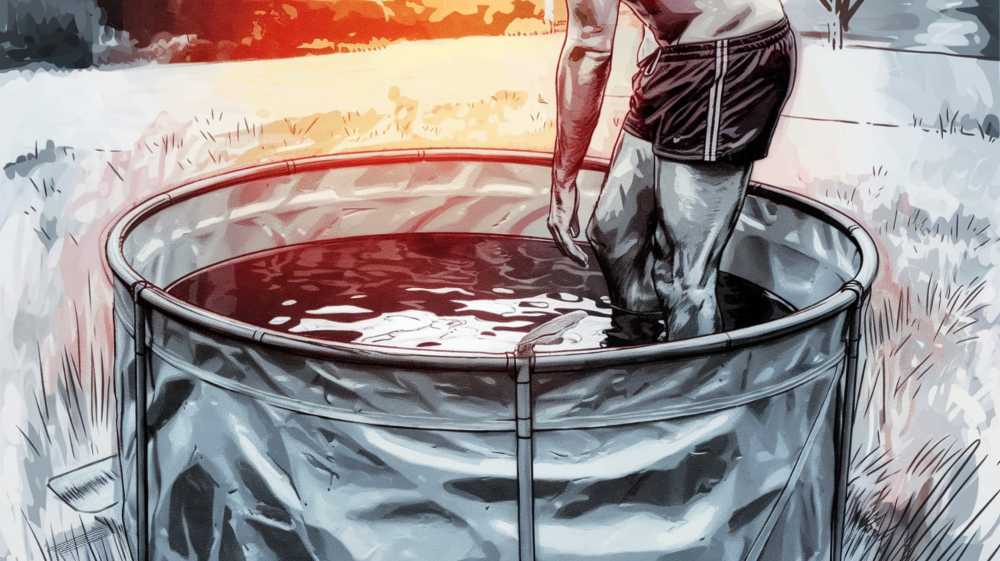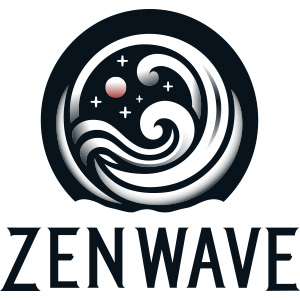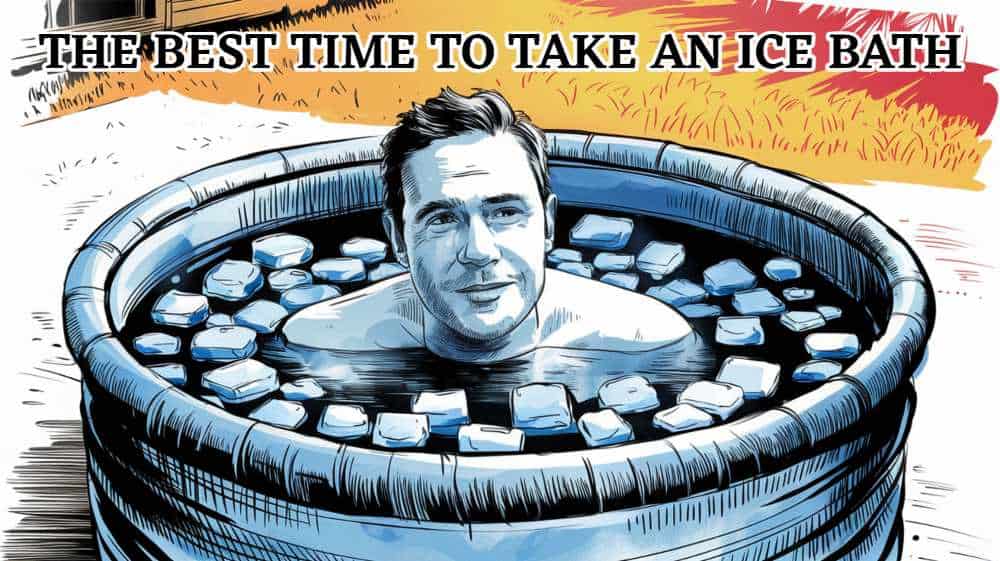Ice baths have become a popular recovery method, but their effectiveness isn’t just about taking the plunge—it’s also about when you do it. Choosing when to take an ice bath matters.
For those looking to maximize benefits, the best times for an ice bath are in the morning, after exercise, or ideally, in the morning following a workout. However, as people have different types of schedules, taking one after exercise later in the day can work too.
In the following sections, we’ll explore the ups and downs of ice bathing at different times of day. We’ll look at why starting your day with a cold splash might be a game-changer, and how syncing your ice bath with your workout could level up your recovery game.
Let’s dive into the world of perfectly timed ice baths and find out how to make the most of this chilly challenge.
Morning Ice Baths

1. Alertness Boost
Cold exposure activates the sympathetic nervous system, dramatically increasing norepinephrine and dopamine levels. This hormone spike enhances alertness and focus. People who take cold plunges often report feeling more energized and clear-headed, making it an effective way to start the day.
2. Stress Reduction
Cold exposure can increase beta-endorphin and noradrenaline levels in the blood. These neurochemicals are associated with improved mood and reduced stress. Over time, regular cold exposure may help modulate the body’s stress response, potentially leading to better stress management in daily life.
3. Improved Resilience
Consistent exposure to cold stress can lead to a process called “hormesis” – where the body adapts to mild stressors. This adaptation may improve overall stress tolerance and resilience. Additionally, regular cold exposure might enhance immune function, contributing to better overall health and adaptability.
4. Metabolism Boost
Cold exposure activates brown adipose tissue (BAT), also known as “brown fat”. BAT activation increases energy expenditure as the body works to maintain core temperature. This process could significantly increase metabolic rate over basal levels, potentially aiding in weight management and energy regulation.
Ice Bath After Morning Workout

1. Reduced Inflammation
Cold water immersion can reduce levels of inflammatory markers in the body. This anti-inflammatory effect may contribute to faster recovery and reduced muscle soreness. Cold therapy might also help maintain athletic performance during intense training periods by mitigating the negative effects of exercise-induced inflammation.
2. Faster Recovery and Delayed Onset Muscle Soreness (DOMS)
DOMS typically peaks 24-72 hours post-exercise, but cold water immersion can significantly reduce its severity. The cold exposure is thought to reduce muscle damage and inflammation, key factors in DOMS. This can lead to quicker recovery times and less discomfort in the days following intense workouts.
3. Hormonal Benefits
Morning exercise naturally elevates testosterone and growth hormone levels, and cold exposure can further acutely increase testosterone levels in men. Cold therapy may also help maintain elevated growth hormone levels post-exercise. These hormonal effects could potentially contribute to improved muscle recovery and growth, enhancing the overall benefits of your workout routine.
4. Improved Sleep
Exercise and cold exposure both influence core body temperature regulation. Evening body temperature naturally drops as part of the sleep-wake cycle, and morning exercise combined with cold therapy can help regulate this temperature cycle. This improved temperature regulation may contribute to better sleep quality and duration, setting you up for more restful nights.
Should you Ice Bath in the Evening?

Evening ice baths can be a double-edged sword when it comes to sleep and recovery. Here are some key factors to consider:
- Temperature Regulation: Taking an ice bath before bed can lower your core body temperature. While this drop in temperature could theoretically help you fall asleep faster, as it mimics the natural cooling process your body undergoes when preparing for sleep, the reality is more complex.
- Alertness vs. Relaxation: The cold exposure from an ice bath triggers the release of noradrenaline, which promotes alertness and mental clarity. This boost in alertness may counteract the potential sleep-inducing effects of lowered body temperature, making it harder to fall asleep immediately after the bath.
- Stress Response: Ice baths activate the body’s stress response system. While this can be beneficial during the day, it may not be ideal right before bed. The increase in stress hormones could interfere with the body’s natural wind-down process, potentially delaying the onset of sleep.
- Individual Variations: The effects of pre-bedtime ice baths can vary greatly between individuals. Some people might find the practice invigorating and disruptive to sleep, while others may experience a sense of relaxation that promotes better sleep.
Ice Baths After Evening Workout: What to Consider
If you’re combining evening workouts with ice baths, there are additional factors to keep in mind to optimize both recovery and sleep:
- Timing Considerations: If you work out in the evening and want to incorporate an ice bath, timing is crucial. Both intense exercise and cold exposure close to bedtime can be stimulating. Consider finishing your workout and ice bath at least 2-3 hours before your intended sleep time to allow your body to wind down.
- Muscle Recovery: An ice bath after an evening workout could help reduce inflammation and soreness. However, the body’s recovery processes are already naturally enhanced during sleep. The ice bath might provide additional benefits, but it’s important to weigh these against potential sleep disruptions.
- Circulation Effects: Cold water immersion causes blood vessels to constrict and then dilate, improving overall circulation. While better circulation is generally beneficial, this effect might be too stimulating when you’re trying to relax for sleep, especially following an evening workout. The improved blood flow can increase overall body alertness and metabolism, which may interfere with the natural decrease in body temperature and activity that typically occurs as bedtime approaches. Additionally, this circulatory boost might lead to a temporary increase in heart rate and blood pressure, further delaying the onset of sleep.
Dive into Wellness: The ZenWave Ice Pod
Transform your ice bath routine with the ZenWave Ice Pod – your personal cold therapy solution:
- Compact Comfort: Perfectly sized for single-person use
- Go-Anywhere Design: Easy setup and take down for simple portability
- Built to Last: Insulated with 5 layers of durable material
The ZenWave Ice Pod offers affordable, convenient cold therapy for both beginners and enthusiasts. Whether you’re boosting recovery, sharpening focus, or adding a cool ritual to your routine, the ZenWave Ice Pod delivers. Ready to make waves in your wellness journey?
Final Thoughts
Ice baths can be a powerful tool for physical recovery and mental well-being, but timing is crucial. Morning plunges offer a refreshing start to your day, while post-workout dips can aid in recovery. Evening ice baths require careful consideration due to their potential impact on sleep. Ultimately, the best time for your ice bath depends on your personal goals, schedule, and how your body responds. As with any wellness practice, listen to your body and consult with a healthcare professional if you have any concerns. With the right approach, ice baths can become a valuable part of your overall health and wellness routine.

